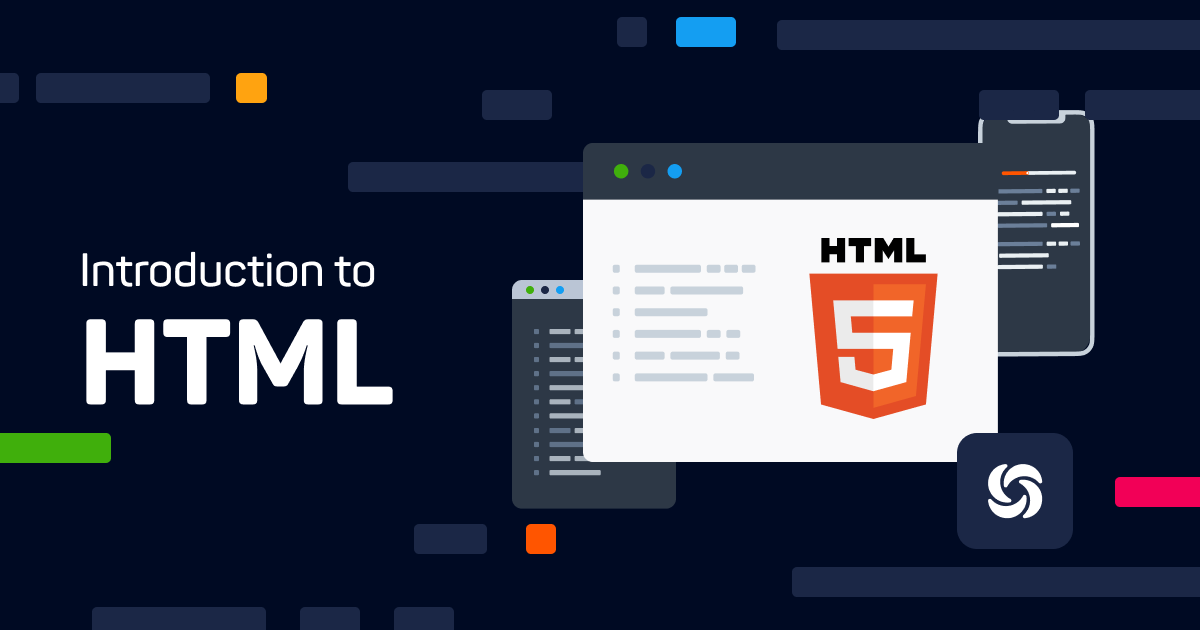Embarking on a Web Creation Adventure with HTML
Table of Contents
- Introduction
- What is HTML?
- Getting Started
- Understanding HTML Basics
- Enhancing Your Web Pages
- Your First Web Adventure
- Conclusion
Introduction
Welcome to the exciting world of web creation! Imagine having the power to craft your own online adventures, stories, and information. HTML, the magical building block of the web, is here to make your imagination come alive.
What is HTML?
HTML, short for "HyperText Markup Language," is the language that helps you create web pages. Think of it as the blueprint for your web adventures. With HTML, you can structure your content, add text, images, links, and more, making your web pages engaging and interactive.
Getting Started
Setting Up Your Environment
To start your web journey, you'll need a computer and a text editor. Popular text editors include Visual Studio Code, Sublime Text, and Notepad++. These tools help you write and organize your HTML code.
Creating Your First HTML Page
Every adventure needs a starting point, and for your web adventure, it's your first HTML page! This is where the magic begins. Here's a simple example:
<!DOCTYPE html>
<html>
<head>
<title>Your Web Adventure</title>
</head>
<body>
<h1>Welcome to My Web Adventure!</h1>
<p>Get ready for a journey of discovery and creativity.</p>
</body>
</html>
Understanding HTML Basics
Structure of an HTML Page
An HTML page has a specific structure. It begins with <!DOCTYPE html>, followed by the <html> element. Inside the <html> element, you have the <head> and <body> sections, where you put different parts of your page.
Text and Paragraphs
The <p> tag is your tool for adding paragraphs of text. You can use it to share stories, information, or anything you want. For example:
<p>Once upon a time in a digital land...</p>
Headings for Organization
Use headings to give your content structure. From <h1> (biggest) to <h6> (smallest), headings help readers navigate your content and understand its hierarchy.
<h1>Chapter One: The Beginning</h1>
<h2>Setting the Stage</h2>
Adding Links
With the <a> tag, you can create links to other web pages or resources. This is like creating magical portals to explore new worlds:
<a href="https://example.com">Visit the Magical Forest</a>
Inserting Images
Pictures tell stories too! The <img> tag lets you add images to your web pages:
<img src="adventure.jpg" alt="A beautiful landscape">
Enhancing Your Web Pages
Lists: Ordered and Unordered
Lists help organize information. You have two types: ordered (numbered) and unordered (bulleted):
<ul>
<li>Discover hidden treasures</li>
<li>Meet mystical creatures</li>
</ul>
<ol>
<li>Collect the golden key</li>
<li>Unlock the enchanted door</li>
</ol>
Creating Tables
Tables are like spreadsheets for your web page. You can use them to present data in rows and columns:
<table>
<tr>
<th>Item</th>
<th>Quantity</th>
</tr>
<tr>
<td>Potions</td>
<td>3</td>
</tr>
</table>
Adding Forms
Forms let you interact with your audience. Create forms for feedback, surveys, and more:
<form>
<label for="name">Your Name:</label>
<input type="text" id="name" name="name">
<button type="submit">Submit</button>
</form>
Your First Web Adventure
Now you're
equipped with the tools to embark on your web adventure. Mix and match tags, experiment with layouts, and let your creativity run wild!
Conclusion
With HTML, you're the architect of your own digital world. As you dive into creating web pages, you're opening doors to endless possibilities. The more you learn, the more you can shape your online experiences. So get ready to explore, learn, and have a blast crafting your very own web wonders!

